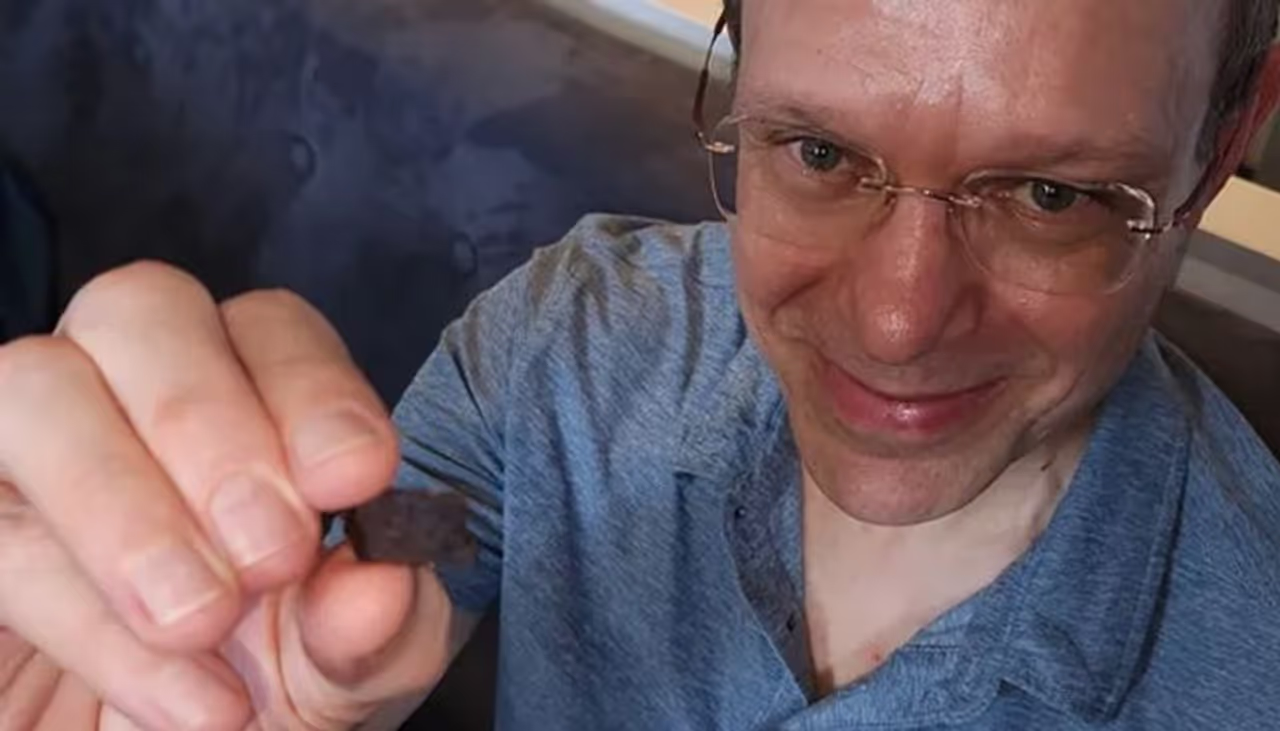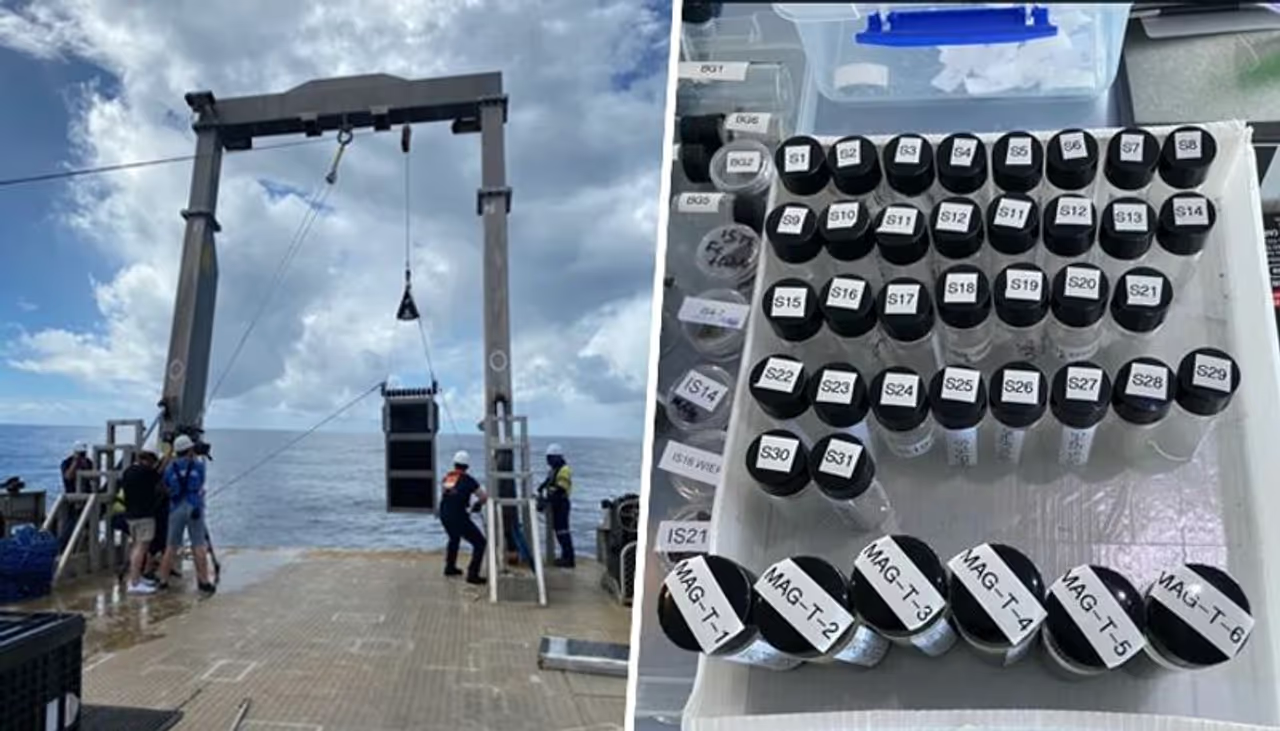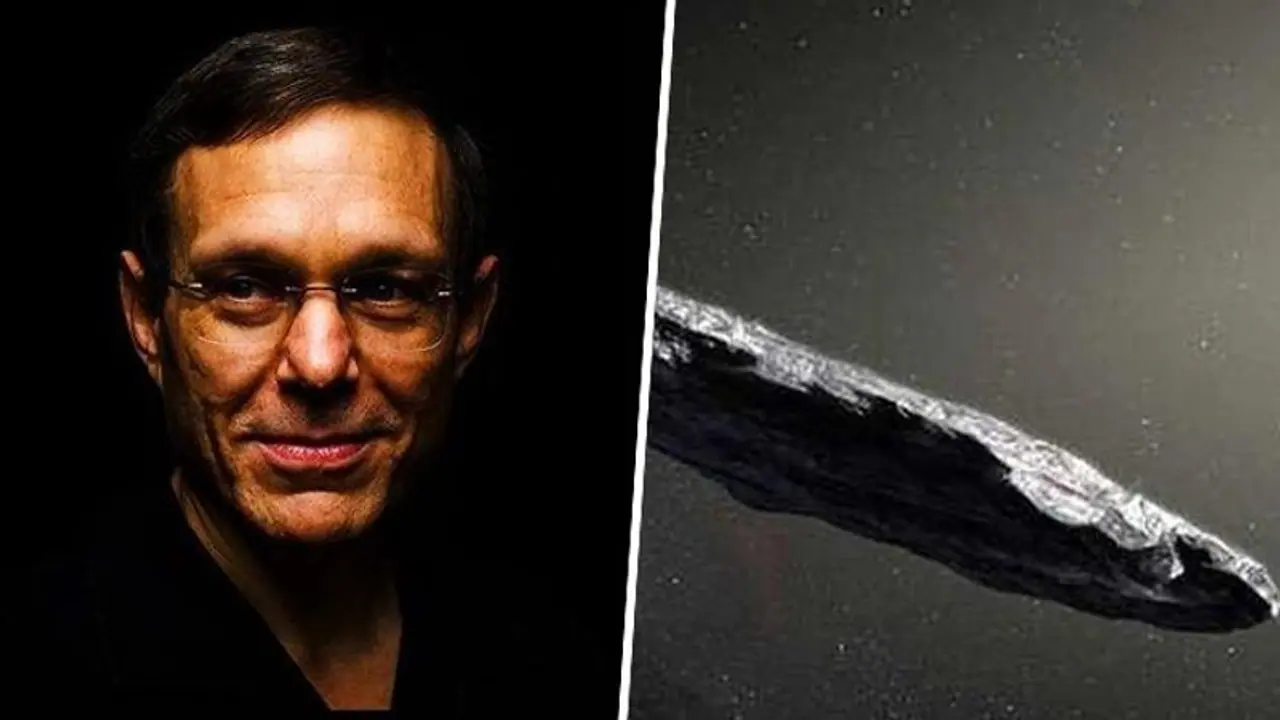While looking for the remains of the first known interplanetary object to fall to the Earth, a Harvard University scholar discovered some "promising material." Two weeks ago, Professor Avi Loeb began a dredging expedition to search the Pacific Ocean's depths for the evidence he required.
A two-week project to search the Pacific Ocean's depths for the remains of the first confirmed interplanetary object to fall to Earth, which the professor of physics at Harvard University speculated might be a piece of extraterrestrial technology, has just come to an end. Professor Avi Loeb revealed that his research team had completed its $1.5 million voyage and had retrieved 35 milligrammes of intriguing material. Professor Loeb is well known for his 2017 assertion that the strange interstellar object 'Oumuamua' may be an extraterrestrial object passing Earth.

Those discoveries included 50 spherules, which are microscopic spheres of material with a diameter of only a few millimetres that meteorites typically lose as they enter and burn up in the atmosphere. By dragging a sizable magnetic sledge across the ocean floor off the coast of Papa New Guinea, the team was able to gather the spherules.
“As molten droplets from a fireball, they carry information about the elemental and isotopic composition of the first recognized interstellar meteor,” Loeb wrote on Tuesday in his ongoing Medium blog about the project.

Loeb and his team were looking for the remnants of CNEOS 2014-01-08, a meteor that struck Earth in 2014 and was recorded by NASA and picked up by American government sensors.
After finding the record, Loeb came to the conclusion that the item might have come from a solar system other than our own because of its peculiar entry angle and impact velocity.
The fact that the item didn't disintegrate until it entered Earth's lower atmosphere also incensed him because it suggested it was made of a material that was significantly more powerful than the majority of things ever discovered.
The US Space Command and the Department of Defence concurred with Loeb's findings after he submitted a report claiming there was a 99.999% chance the object was interstellar, and it was designated IM1. The classification means that IM1 entered the solar system three years before Oumuamua, which was previously thought to be the first interstellar object to be detected.
According to Loeb, IM1's distinctive features and cosmic origins raised the likelihood that it was an artefact of extraterrestrial technology, however this couldn't be proven until the remnants were gathered and examined.
“Given IM1’s high speed and anomalous material strength, its source must have been a natural environment different from the solar system, or an extraterrestrial technological civilization,” Loeb wrote in his blog.

Loeb and his crew pinpointed the area less than a square mile where IM1 most likely fell with the aid of the US military. On June 14, the team arrived at the spot near Papa New Guinea and started repeatedly dragging its magnetic deep sea sledge across the ocean floor.
They discovered some metallic wire-like fragments and metal shards during the search, but further investigation is needed to determine their origins and other peculiar characteristics.
The 50 spherules they gathered over the last seven days of the voyage, however, had the most promise of all. Magnesium, titanium, and iron made up a large portion of those bits; this is a highly rare mix for Earthen and nearby celestial objects, and Leob hopes that this may be a clear indication that they originated from IM1.
“The spherules were found primarily along the most likely path of IM1 and not in control regions far from it,” Loeb wrote on his blog. “In the coming weeks, we will analyze their elemental and isotopic composition and report our data in a paper submitted to a peer-reviewed journal.”
“In response to the nay-sayers we say nothing other than show our data in our first publication. One cannot argue with facts, only with interpretations.”
According to Loeb, the information gained from the expedition would enable future Galileo Project expeditions to search with even greater accuracy and, ideally, unearth even more significant artefacts.
“Finding a large relic of IM1 on the ocean floor based on the spatial distribution of spherules in our 26 runs through the 10 kilometers region around IM1’s fireball will be our common goal for the coming year,” he wrote.
